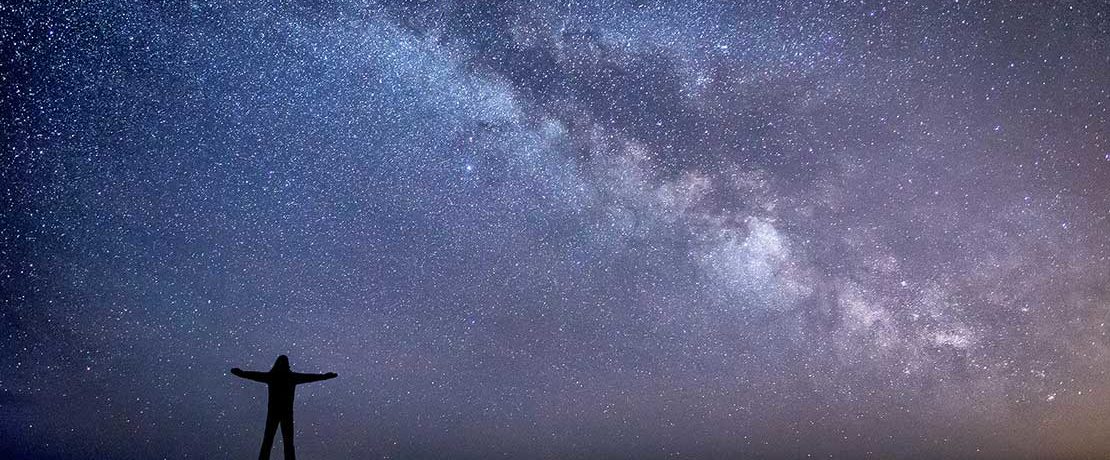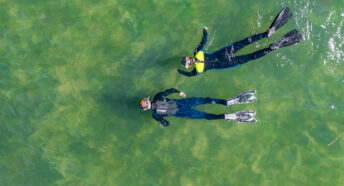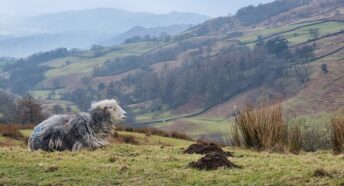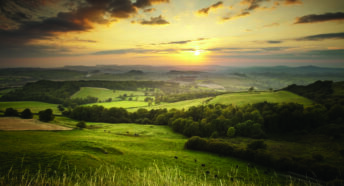A beginner’s guide to stargazing
At CPRE, we’re passionate about those dark, starry night skies that are a special feature of the countryside. Want to learn more about how to spot stars? Here’s our introduction to stargazing.
There’s something pretty special about enjoying deep, velvety darkness, the quiet of the night and a vast expanse of sky speckled with stars. And it’s best done in our countryside, where there’s less light around and you can spot the most stars.
Want to give stargazing a try? Here’s our introductory guide to stargazing for beginners.
A how-to guide to stargazing
One of the wonders of being a stargazer is that it can be done easily – just look up on a dark night! But here are a few tips that can make it even better and give you the best chance of seeing as many stars as possible.
Pick a time
Chilly it may be, but winter is generally the best time to get stargazing. The cold air is often clearer than the warmer summer nights, with less haze, and of course, it gets dark so much earlier so you don’t need to wait as long! (although you can always try our fun family stargazy craft activity while the sun sets). In general, clear and cloudless days (without rain or heat haze) are your best bet to enjoy a nice wide sky.
Anything bright in the sky makes it harder to see the pin pricks of starlight – including the moon! So take a look at when the moon will rise (this is a handy website to check this) and try and get your stargazing in before the moon is totally out. This will help make the stars a little easier to see.
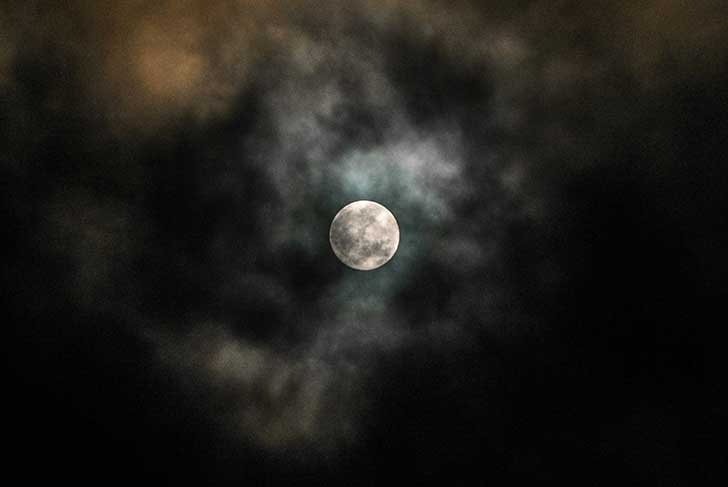
You might also like to check when it’ll be a full moon, as these can be really big and bright! It’s a good idea to check phases of the moon (that is, when it’s full and round and when it’s a narrower crescent shape) in advance to see when it’ll be brightest. These might be good times to avoid if you want to see lots of constellations (the name given to stars that form patterns and shapes in the sky, such as the Plough and the Hunter). The sight of a full moon is also pretty impressive – it’ll just make it much harder to pick out the stars in the brightened sky.
Oh – and we’re sure you don’t need us to remind you of this, but if the sun is out as you wait to start stargazing, even in the evening when it seems less bright, never look straight up at it. It’s not good for your eyes – and even though the sun is our closest star, that’s not the sort of stargazing we had in mind.
Stay safe
It can be tempting to go somewhere distant and wild to try and spot those shining stars. If you’re heading away from home, always remember to be sensible and stay safe. Tell people where you’re going and when you plan to finish, and remember how difficult and spooky walking in true darkness is!
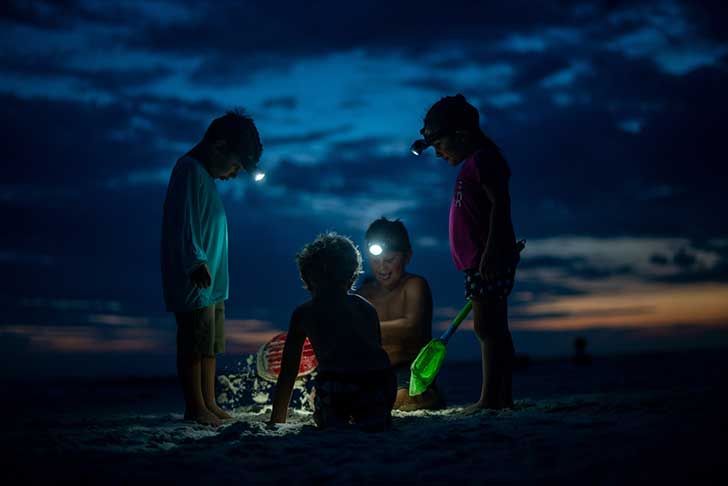
Take torches and a fully charged mobile phone, and stay safe.
What to bring
You might have visions of stargazers with huge, serious-looking telescopes, and certainly, the experts do use those (including ones like the fantastic observatory in Kielder Forest, a designated dark sky zone).
But you don’t need a telescope or binoculars to stargaze! On a clear night and in a nice dark sky you’ll be able to spot stars without a telescope, just using your eyes. If you happen to have some binoculars, it can be fun to try and spot even more detail of stars or, if the moon is visible, notice craters and lumps and bumps on it – but as long as you’re somewhere dark you can still spot constellations with the naked eye.
As we’ve said, you might find it a bit chilly outside stargazing so do also stash some extra layers when you head out. And because, after all, it is the UK, better pop in some waterproofs too!
Some people also like to load up a stargazing app onto their phone before they look skywards, too, and these can definitely act as a handy guide. With some apps, you can hold a phone up to the night sky and it will use your location to show what stars you might be able to see. The details aren’t always completely accurate, as it’ll depend how well your phone can work out your location, but even as a guide they can be a fun way to start spotting constellations.
Popping out your phone in the dark evening can be a mixed blessing, though, and is best kept limited as much as you can. Even when dimmed, the light given off from phone screens affects your eyes and will make it harder to focus on spotting stars in the dark.
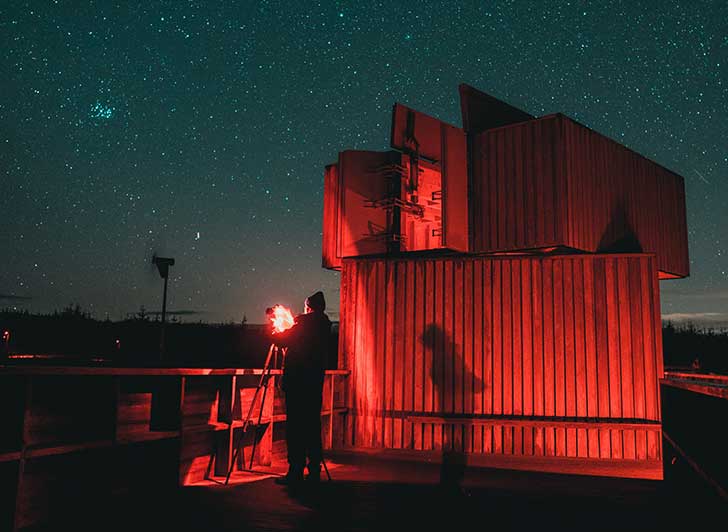
Some people use a red filter over their phone to stop the light affecting their eyes as much, as in general, low red-coloured lights will prove the best for keeping your eyes adjusted to the dark.
Get comfy
Depending on how long you want to star-spot for, you might want to get really comfy. It can be easiest to lie down and look up, so you don’t have to crane your head up to look! If you can, take a blanket along to lie on.
Even in high summer, our UK evenings get pretty cool, so wrap up warm. If you’re out for a while, a thermos of something yummy makes it feel all the more like a nocturnal adventure!
Deep and dark
Darkness is your friend here – it will show up the stars and help your eyes to adjust and get sharper.
If you can, head to a dark area with as little glow from surrounding lights as possible. Now, if you live in a city or town or even a village – or can just see buildings or streets in the distance – this can be tricky! The lighting that we use in and outside our houses, businesses and roads leaks upwards and makes the skies glow. Sometimes you can even see built-up areas on the horizon with a halo of light around them.
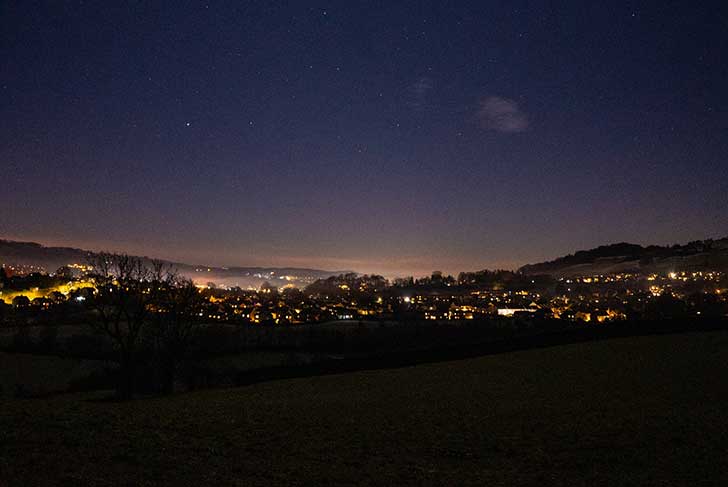
If you’re lucky you might live near one of the country’s designated Dark Sky Places, where you’ll be treated to especially deep darkness – check out your nearest on this interactive map. And if you want to know the best places for stargazing in England, we have a list here.
If you’re stargazing from home, remember to turn off all your lights too, and look away from any streetlights or other bright spots.
At CPRE, we like the really deep darkness you can get in the countryside – and too much light in the night sky wastes energy and confuses animals. We’re working for unnecessary light to be reduced with a yearly star counting activity that everyone can get involved with.
Be patient
Not easy, this one – especially when we might be itching to check our phones or are popping out into a cold street or garden to look up! But after we’ve been somewhere light or looked at a screen, our eyes take a good few minutes to adjust to the dark. So take your time and settle in, and notice as you begin to be able to pick out more and more stars.
What to see
So you’re all set and ready to look to the heavens! Now to know what to look for…
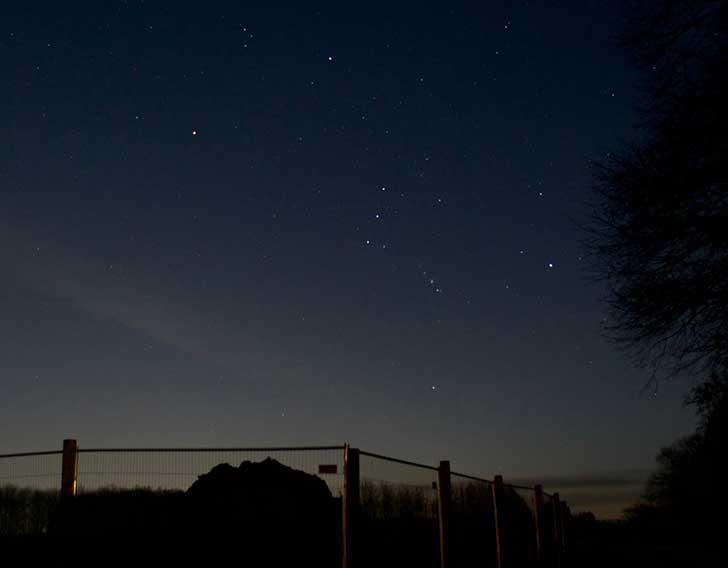
It can be fun to learn some of the most famous constellations, such as the Plough, Orion (the hunter, with a sword hanging from his belt) and Ursa Major (which means the Great Bear and looks like a big bear on all fours!).
Do remember though that depending on where you are in the world, not all constellations can be seen in the night sky all year round, so don’t be disappointed if you’re looking for Orion in the summertime as he’s on his holidays away from the UK then 😉
While you’re casting your eyes upwards and focusing on what you can see, why not also settle into silence and test out your other senses too? See what rustlings and snufflings you can hear in the dark, and try and identify them with our guide to the sounds of the night.
Why is stargazing important – and what does CPRE do for dark skies?
At CPRE, we believe that being able to pause, look up to a wide, dark sky and enjoy the stars is important for all sorts of reasons. Stargazing has been used through time for planning and understanding the world (such as by farmers measuring the changing seasons and deciding when the plant and sow crops) and also for reminding us of our place on earth, our little green-blue planet spinning around in space.
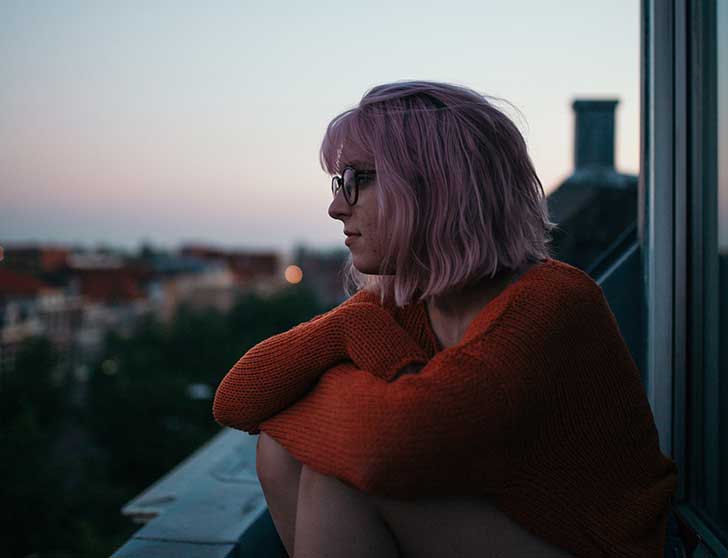
Looking up at the sprawling night sky connects us to our world and to the universe. Some people use it to give a sense of perspective, and some just to enjoy feelings of wonder at the natural beauty of the stars. Through time, stars have been used to navigate by and inspire amazing art, and we can still use them now to give us a sense of place and inspiration in our own countries, homes and lives.
Support our work calling for dark skies by becoming a CPRE member for as little as £5 a month (you’ll also get our award-winning magazine which often features starry stories, as well as discounts at outdoor stores in case you want to invest in those warm layers to stay toasty when stargazing!).
